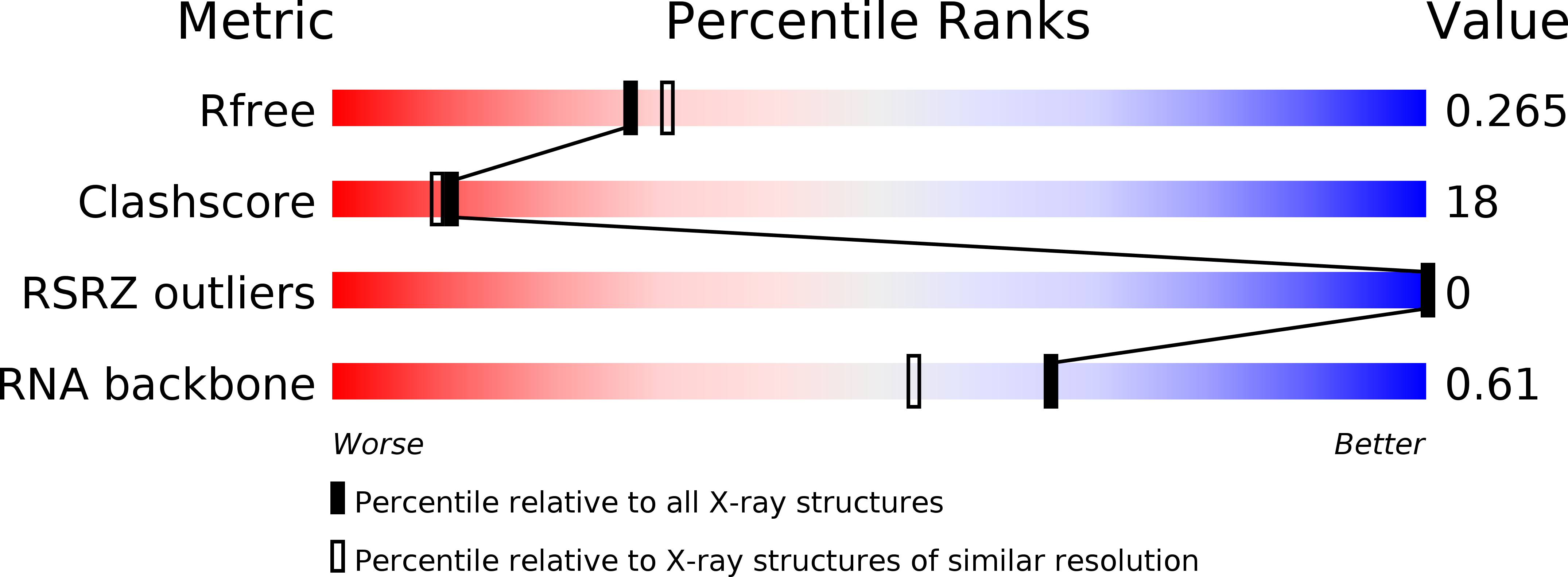
Deposition Date
2013-08-21
Release Date
2014-09-24
Last Version Date
2024-02-28
Method Details:
Experimental Method:
Resolution:
2.21 Å
R-Value Free:
0.25
R-Value Work:
0.18
R-Value Observed:
0.19
Space Group:
H 3


